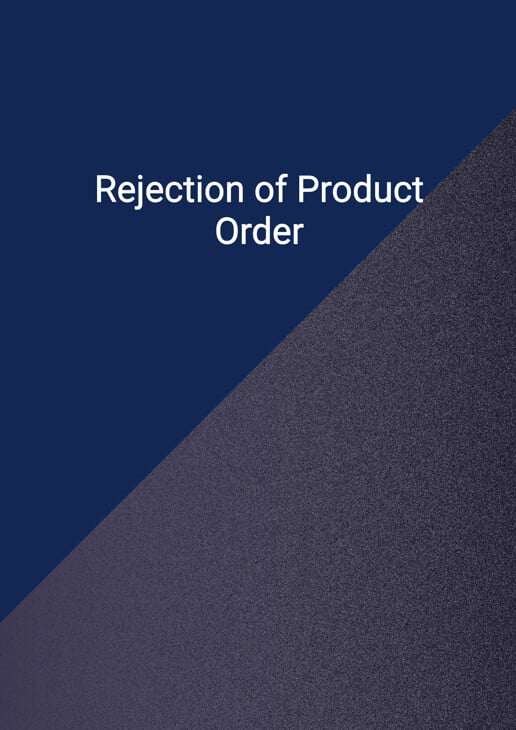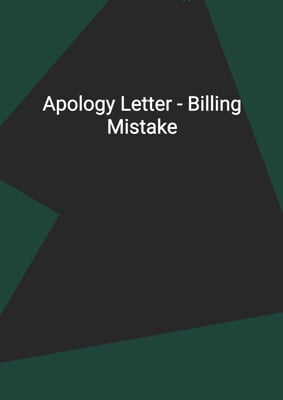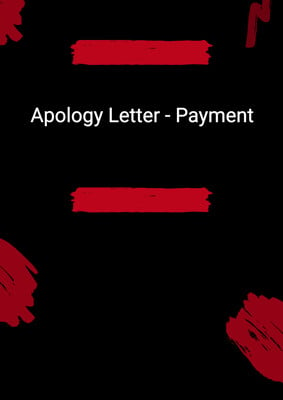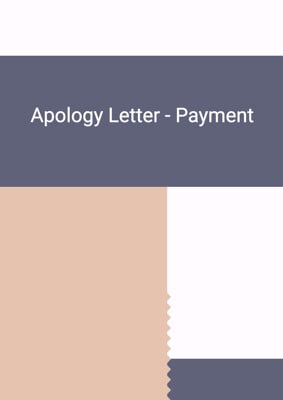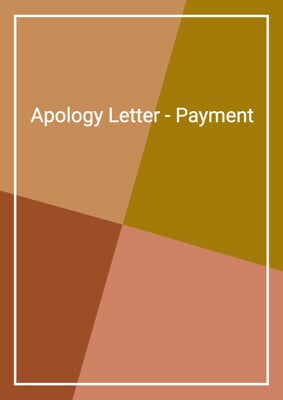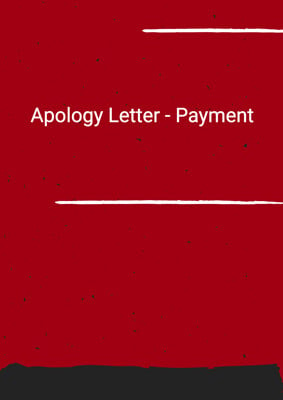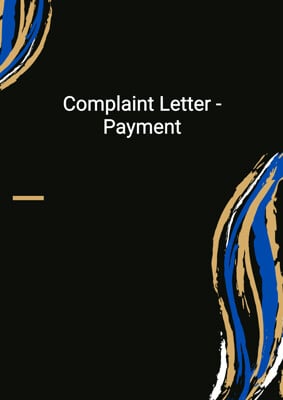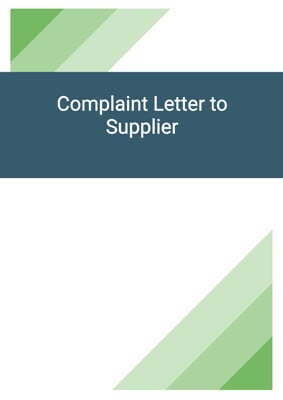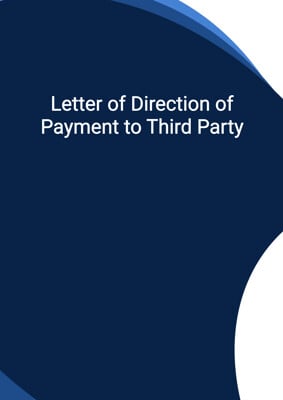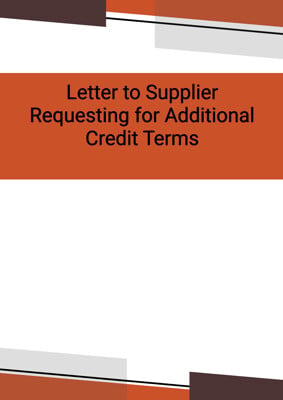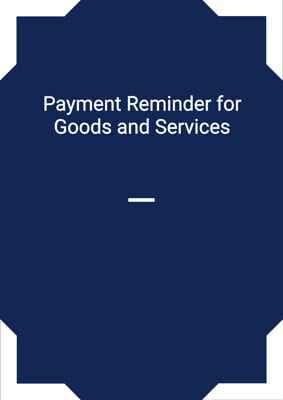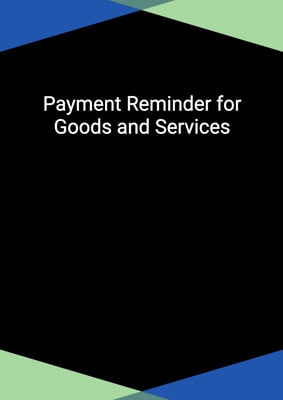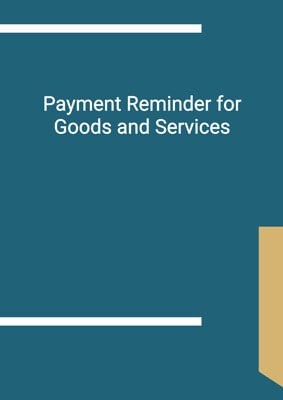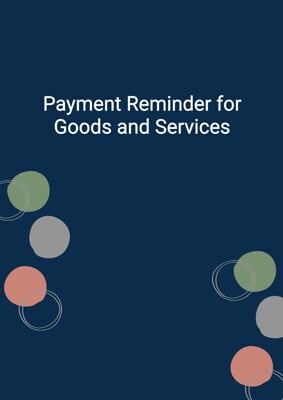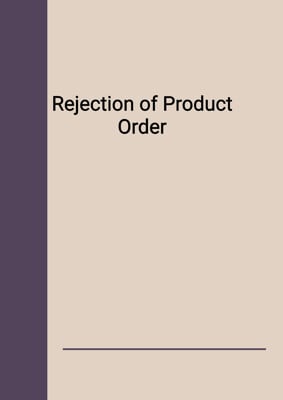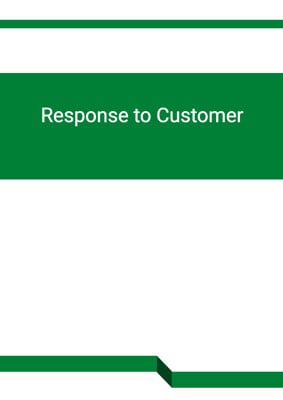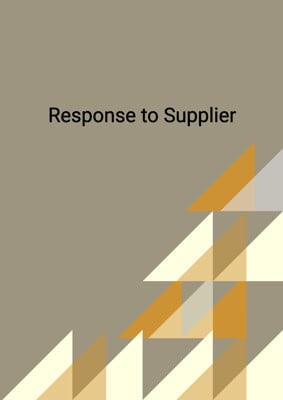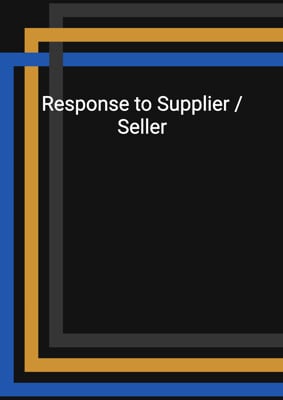How to Tailor the Document for Your Need?
01
Create Document
Click "Create Document" button and the document will be prepared with your account details automatically filled in.
02
Fill Information
Please fill in any additional information by following the step-by-step guide on the left hand side of the preview document and click the "Next" button.
03
Get Document
When you are done, click the "Get Document" button and you can download the document in Word or PDF format.
04
Review Document
Please review the document carefully and make any final modifications to ensure that the details are correct before sending to the addressee.
Document Preview
Document Description
The document titled 'Rejection of Product Order' is an important document that serves the purpose of informing the recipient that their product order has been rejected. It is crucial to have this document in order to maintain transparency and clear communication with the customer.
The entire document consists of a title, content, and a closing note. The title clearly states the purpose of the document, which is the rejection of a product order. The content of the document includes various sections such as the recipient's account information, the date, a thank you note, an explanation for the rejection, a request for payment, and a closing note. The closing note includes the sender's account information and a reminder about the terms and conditions.
Each section of the document has its own significance. The account information section provides the necessary details of the recipient, including their first name, last name, and address. This helps in identifying the recipient accurately. The date section indicates the current date, which adds a sense of timeliness to the document. The thank you note section expresses gratitude towards the recipient for their order, creating a positive tone. The explanation for the rejection section clearly states the reason for the rejection, which is the non-receipt of payment. This helps in avoiding any misunderstandings. The request for payment section specifies the amount and provides the necessary bank account details for the recipient to make the payment. This ensures that the recipient is aware of the payment requirements. The closing note section includes the sender's account information and a reminder about the terms and conditions, which serves as a final note of communication.
In conclusion, the document 'Rejection of Product Order' is an important document that highlights the importance of clear communication and transparency in rejecting a product order. Each section of the document plays a crucial role in conveying the necessary information and maintaining a professional tone.
How to use this document?
1. Provide recipient's account information: Enter the recipient's first name, last name, and address in the designated fields. This ensures accurate identification of the recipient.
2. Specify the current date: Enter the current date in the designated field. This adds a sense of timeliness to the document.
3. Express gratitude in the thank you note: Include a thank you note to express gratitude towards the recipient for their order. This creates a positive tone.
4. Clearly state the reason for rejection: Clearly explain the reason for rejecting the product order, which is the non-receipt of payment. This helps in avoiding any misunderstandings.
5. Request payment: Specify the amount that needs to be paid and provide the necessary bank account details for the recipient to make the payment. This ensures that the recipient is aware of the payment requirements.
6. Include sender's account information and terms and conditions: Include the sender's account information in the closing note and remind the recipient about the terms and conditions. This serves as a final note of communication.
Please note that this guidance is for informational purposes only and should not be considered as legal advice. It is recommended to consult with a legal professional for specific guidance related to your situation.
Not the right document?
Don’t worry, we have thousands of documents for you to choose from:
